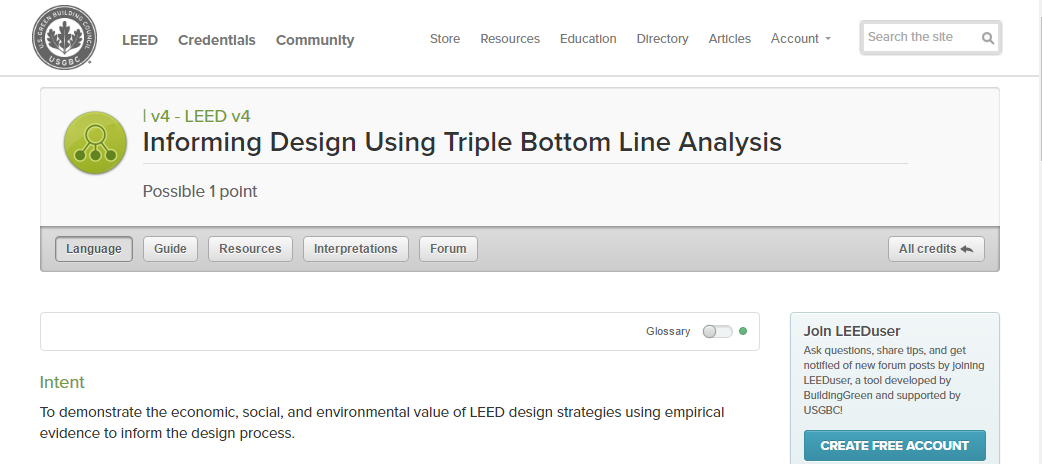Acronyms. CAD you may have heard of. Computer Aided Design (CAD) is the use of computer technology for design and design documentation. CAD software is used by engineers, architects and designers and it replaces manual drafting with an automated process. But Computer Aided Economics? I’d like to introduce you to CAE that, much like CAD, can replace a manual and expensive process – Benefit Cost Analysis (BCA).
Suppose you have a new office building or warehouse and you’d like to make the case for the Triple Bottom Line (financial, social, and environmental) benefits of the building design in terms of the benefits such as lower carbon emissions or the health and productivity of the building occupants. Your team is already working to get LEED certification from the US Green building Council (USGBC) and you are using CAD to design, document and collaborate on the project. Can you afford the time and expense to hire economists to help? If not, can you DIY?
BCA has been codified over the past 100 years (“… origins date back to issues in infrastructure appraisal in France in the 19th century” Cost-Benefit Analysis and the Environment Recent Developments OECD 2006). Governments have been spent a lot of time providing guidance on how to apply the methodologies and what data to use. But as an engineer, architect or designer you don’t have the time to sift through arcane BCA manuals of finding the right social cost of carbon. And you don’t feel comfortable proving to the USGBC that you should get the extra LEED point for “Informing Design Using Triple Bottom Line Analysis“.

Autocase for Buildings – CAE Software
Autocase for Buildings automates the manual process of calculating and documenting the economic, social, and environmental value of LEED design strategies using empirical evidence to inform the design process. Autocase for Buildings, like its sister product Autocase for Green Infrastructure, is a cloud-based CAE software. It uses information you already have on hand and makes sure you meet all of the requirements of the pilot credit:
- Output from the BCA of a study period of at least 20 years in the future (or the project’s useful life if it’s shorter). The outputs include the following, using a real discount rate- the rate adjusted for inflation:
- Net Present Value of the Financial/Economic Impacts, of the combined credits (Lifecycle Costs/Financial Value);
- Net Present Value of the Environmental & Social Impacts, of the combined credits;
- Net Present Value of the Triple Bottom Line Impacts of the combined credits (combines the Environmental & Social Impacts with the Financial/Economic Impacts);
- A software analysis report, including the outputs above, the inputs used in the analysis, and sources of assumptions and methodologies embedded in the software.
- Descriptions for all LEED credits being analyzed, with specific reference to the inherent design features, technologies, or other elements that differ from the base case.
- Studies referenced: a list of the resources referenced and empirical evidence used.


By measuring the triple bottom line (financial, social, and environmental) impacts of design alternatives in dollars, you can reveal the short-term and long-term values of sustainable buildings and assist with your design decisions that encourage energy-efficient, resource-efficient, healthy and high-performing buildings. Autocase for Buildings facilitates your LEED submission by automating the calculations required for the LEED Pilot Credit – Informing Design Using Triple Bottom Line Analysis.
CAE – wonderful!
0 Comments